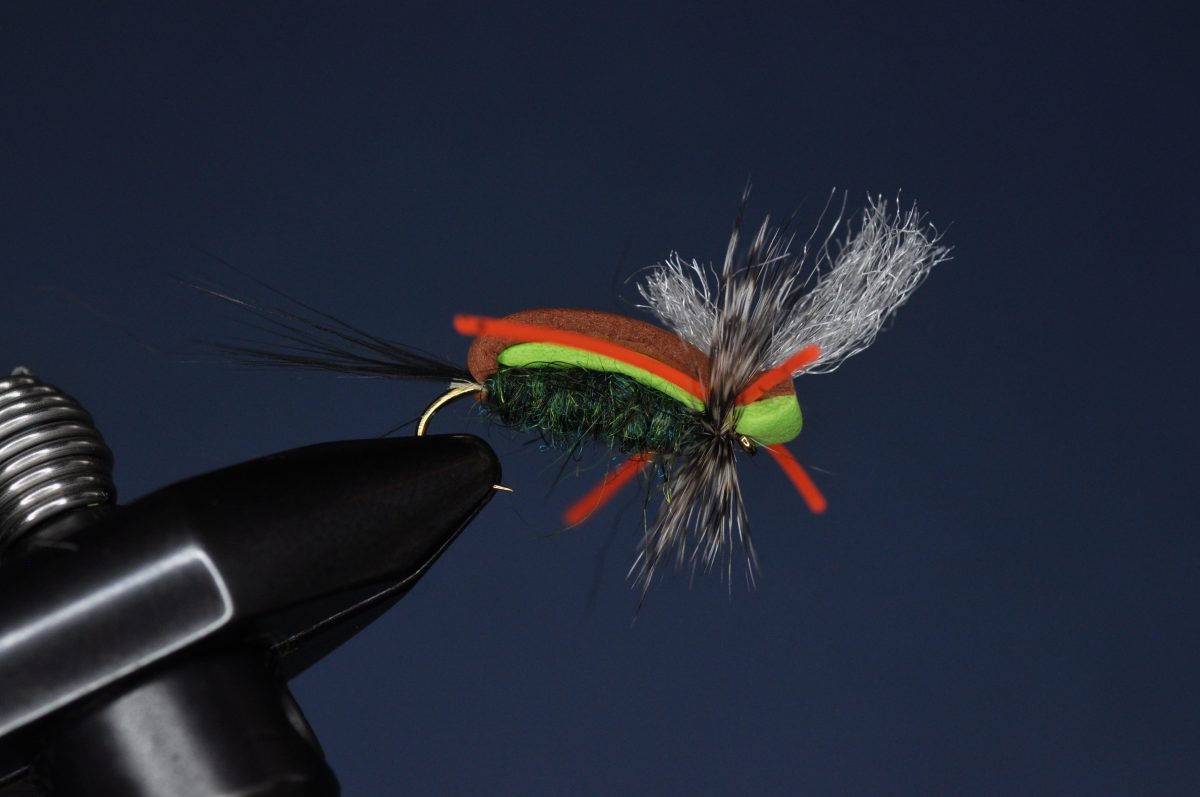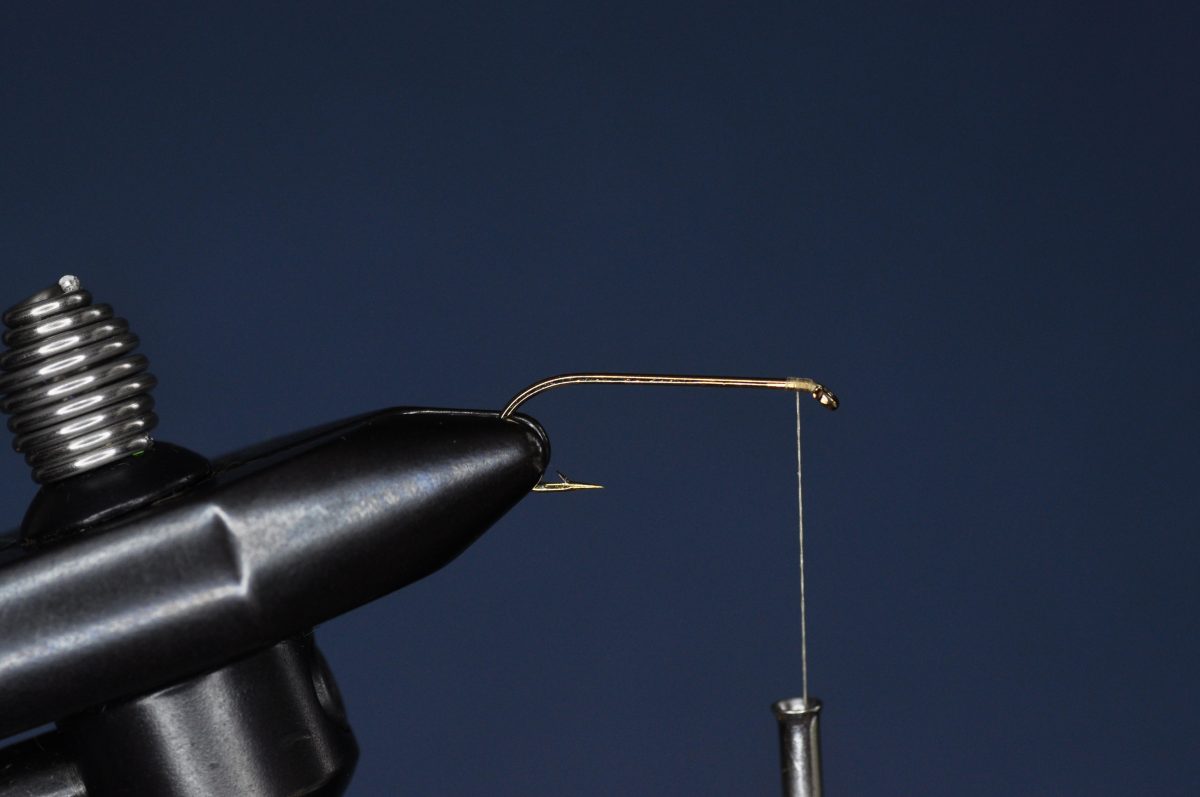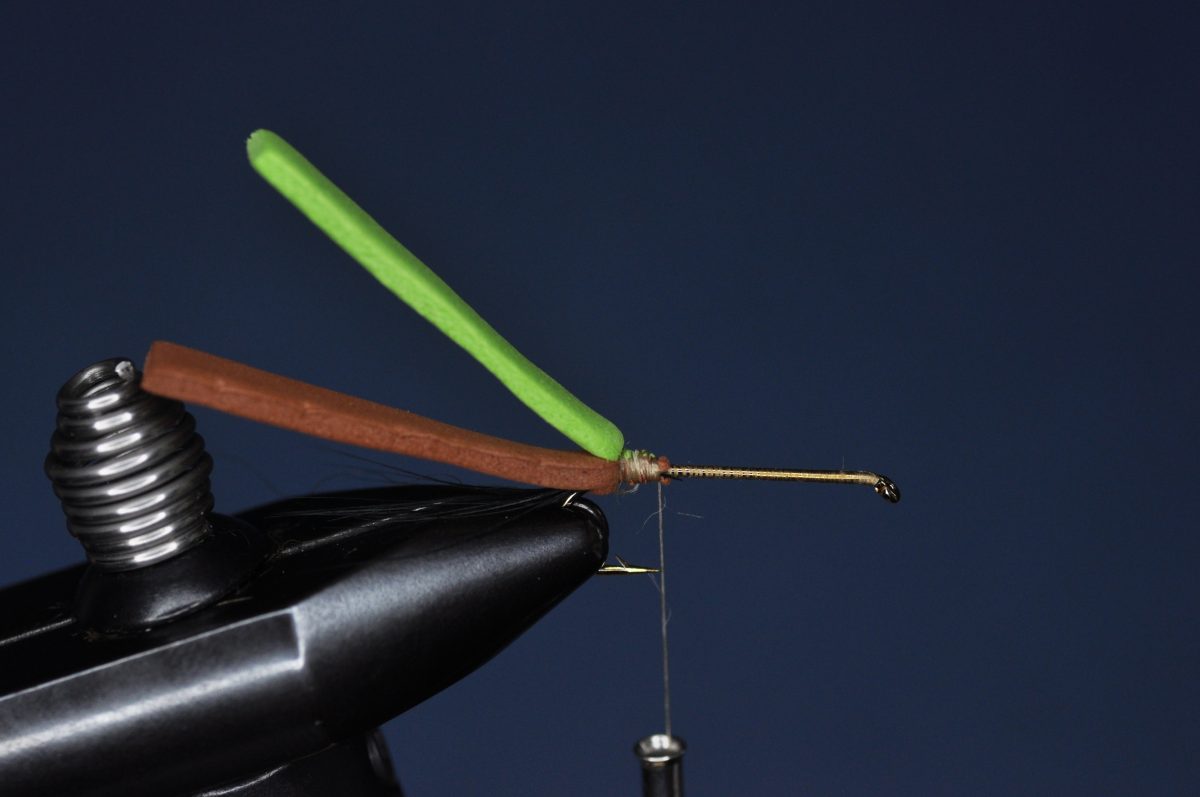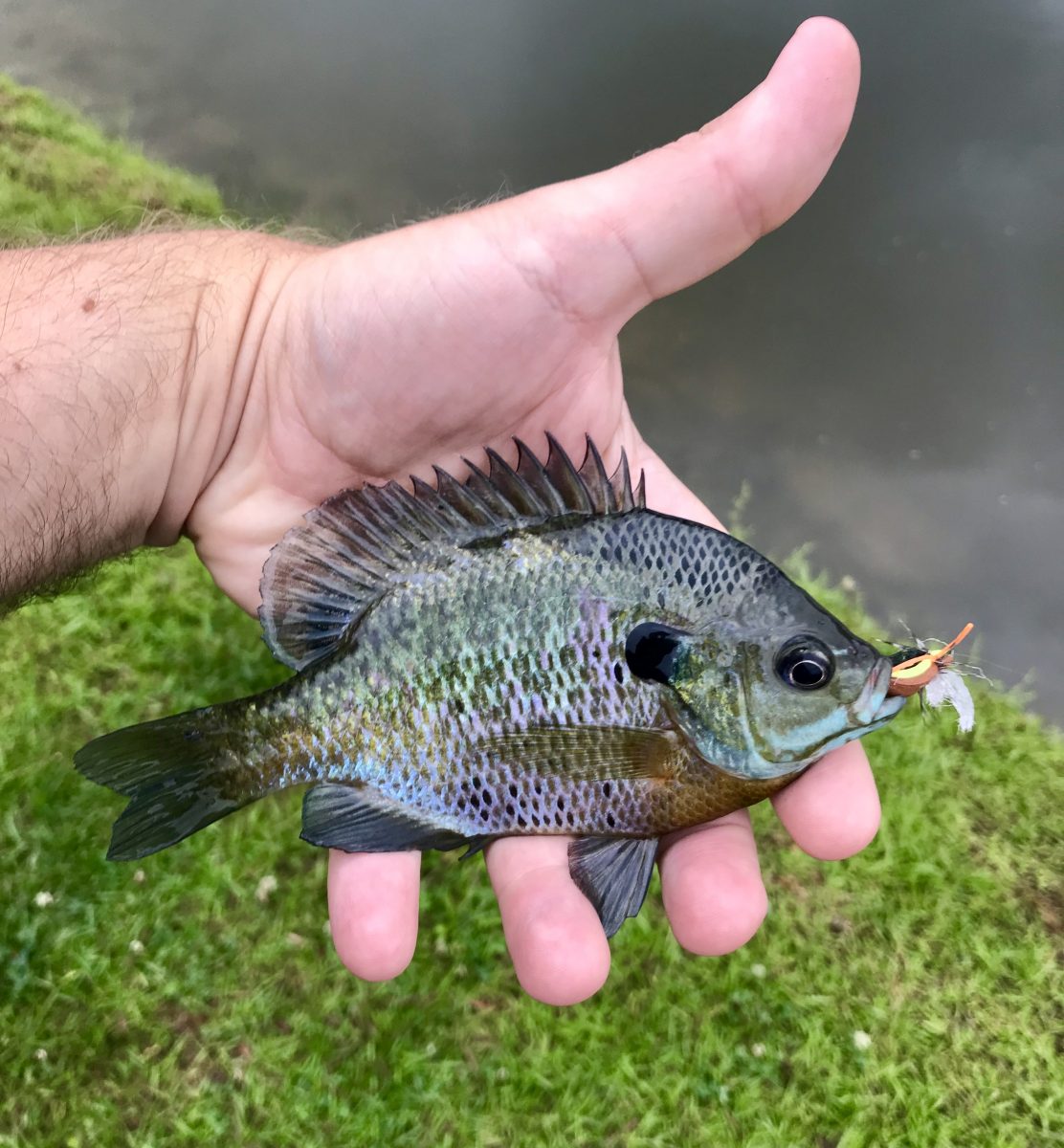We’re switching up gears a bit with this morning’s tying tutorial. Where my first posts concentrated on a pattern used during my forays into the salt marshes of south Louisiana, today’s pattern is better geared towards freshwater quarry.

I first learned of the Hippie Stomper while preparing for a week-long Colorado trip slated for August 2019. The little terrestrial came highly recommended as a highly buoyant option for Hopper-Dropper rigs that would still induce strike on those days when trout shied away from larger offerings (Chubby Chernobyl, Fat Albert, etc). While my boxes were fairly well stocked, and I hadn’t intended to add the Hippie Stomper to my Rocky Mountain arsenal, a last minute visit to the local Cabela’s resulted in a handful of Andrew Grillos’ famed pattern making their way into my box.
By week’s end I was glad they had as they were my top performing terrestrial taking brookies, colorado river cutts, and brown trout over the course of my adventures. Since that trip, I’ve begun tying these little wonders myself and found them equally irresistible to panfish here in the deep south.
On to the tying:
Materials List:
- Hook: Size 10; 3x-long All-purpose
- Thread: Ultra Thread 70 Denier (color to match pattern)
- Tail: Hackle fibers (original pattern calls for Moose Body Hair)
- Body: Spectablend Dubbing, Hare’s Ear Ice Dubbing, or natural Dubbing mix
- Back: Double layered 2-mm Craft Foam (Ideally, lower layer matches body)
- Legs: Silicon Silly Legs (or equivalent)
- Hackle: Grizzly Hackle
- Wing: Z-lon (White)
**As a note, grillos’ original pattern calls for the top layer of foam to be black. I substituted due to availability of materials the morning I sat down to tie**

Step 1:
Apply a few wraps of thread behind the eye of the hook. Trim off tag.

Step 2:
Continue wraps to bend of hook creating an even thread base. Tie in hackle fibers for tail.

Step 3:
Cut two strips of 2-mm craft foam approximately 1.5x the length of your hook and roughly the width of your hook gap. Tie in the two strips extending from the rear of the hook shank with the darker strip (preferably black) overlaid by the lighter strip (which ideally will match the color of your dubbing).

Step 4
While the original pattern calls for two strands of flashabou wrapped the length of the hook shank, I prefer the heavier bodied appearance of a dubbed body. In this case, I’ve dubbed generously with Peacock Spectrablend dubbing though Ice Dub or any natural blend can be substitute.
Note: In instances where a thinner profile is required, revert to the original pattern and utilize flashabou for your body.

Step 5:
With your hook shank dubbed, pull your first layer of foam forward and cinch behind the eye of the hook. Appropriately sized rubber legs should then be tied in at the cinch point.

Step 6:
Next, pull the second foam strip forward. Cinching along the same pinch point as the initial strip of foam. Adjust the rubber legs as needs to ensure they are evenly spaced.

Step 7:
Cut a strand of Z-lon approximately one inch in length and tie in on top of the foam. Approximately 2/3 of the Z-lon should extend forward from the cinch point. Below, tie in a single grizzly hackle. A drop of flex seal may be used if necessary to secure the feather.

Step 8:
Wrap hackle and secure.
Note: Lower hackle fibers can be trimmed to ensure the fly floats upright.

Step 9:
Finally, trim foam strips to desired length, whip finish and seal with flex cement.
Proof of Concept:
With 400+ miles between me and the nearest trout stream, I decided warm water would have to suffice for my proof of concept run. Thankfully my resident back yard bluegill were more than happy to oblige.

Tight lines everyone!
Chris

One thought on “Hippie Stomper (Step-by-Step Tying series)”